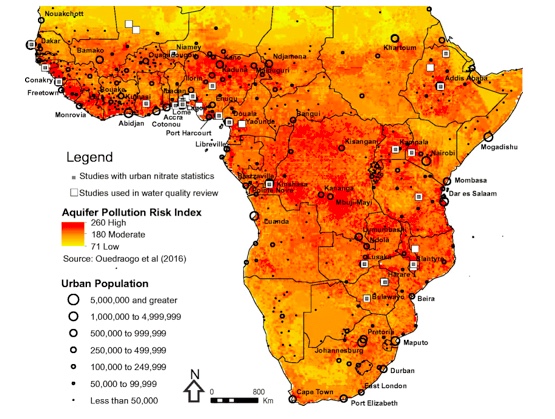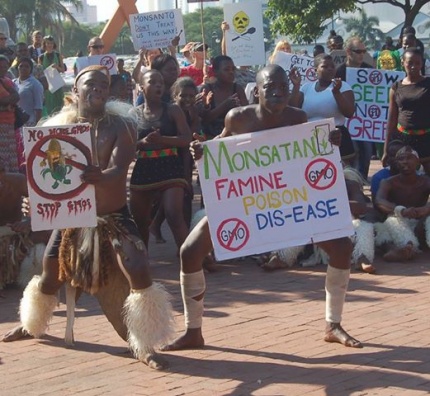
The United Nations Children’s Fund (UNICEF) and the World Health Organisation (WHO) have published a key Joint Monitoring Programme (JMP) report on “Safely managed drinking water”. It explains the way that the progress in improving drinking water will be measured across the world in pursuit of the Sustainable Development Goal Target 6.1 of achieving universal and equitable access to safe and affordable drinking water for all by 2030.
This is an immensely challenging target, particularly in many countries in Sub-Saharan Africa, which failed to reach the Millennium Development Goal Target of halving the number of people without access to an “improved” water source between 1990 and 2015.
For governments, aid agencies and citizens, a key question has been – what do we mean by “safe” water? This new JMP report starts to provide some of those answers. They define it to mean water that is “free from pathogens and elevated levels of toxic substances at all times”. For many areas, the most accessible safe water is from the ground – from boreholes, wells and springs. But this is not the case everywhere.
There is no question about the importance of groundwater in sub-Saharan Africa, where it provides drinking water supplies for at least 170 million people. In comparison with surface water, groundwater is widely known for its greater reliability, resilience to climate variations and reduced vulnerability to pollution.
However, groundwater contamination does occur when waste from households, municipalities, livestock, agriculture, hospitals and industries (including mining) is able to make its way Inadequate management of household and industrial waste is leading to the pollution of groundwater resources in urban centres in sub-Saharan Africa.
In a new landmark study just published, reviewed all the available data and studies on urban groundwater across the continent and build up a map of aquifer pollution risk (Fig. 1)
The lead researcher, Dr Daniel Lapworth, of the British Geological Survey, said: “Despite the risk to the health of millions of people across the continent, very little is routinely monitored. If there is any chance of achieving the Sustainable Development Goal targets – and adapting to climate change – it is essential that governments and water utilities routinely monitor groundwater quality and take appropriate action to protect their precious water resources.”
“However, we are excited that our research through has developed a low-cost and robust way for measuring groundwater quality, and this approach is being rolled out in our work in Africa and India.”











